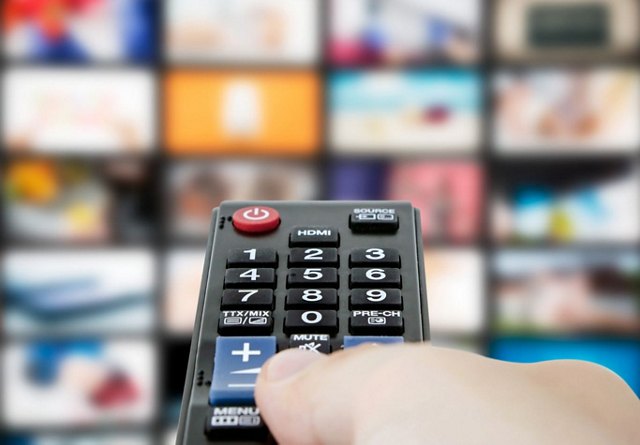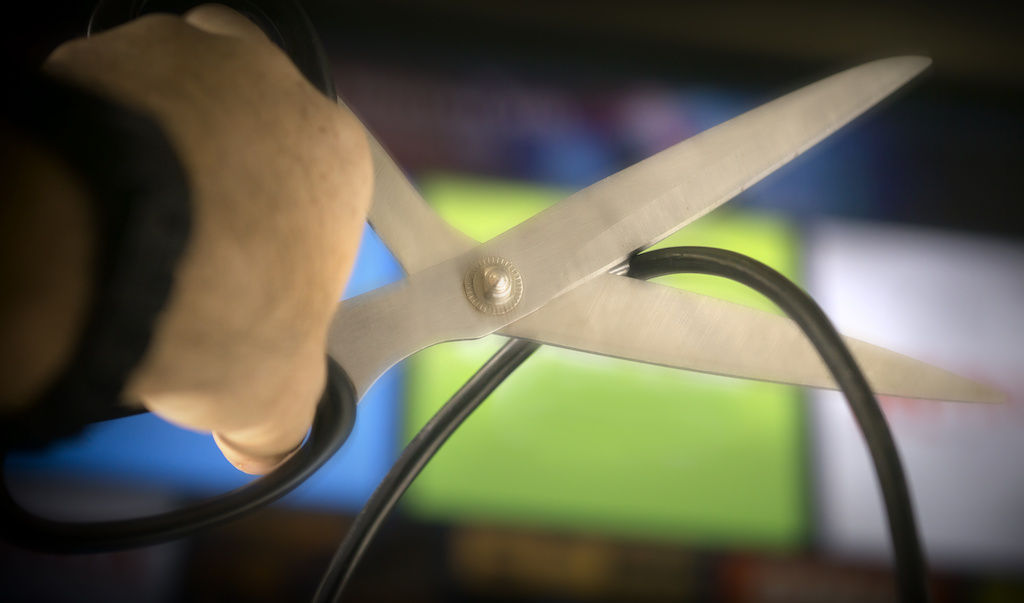Cutting the Cord: Should You Let Cable TV Stay or Go?
Whether you’re a Netflix enthusiast or a loyal cable subscriber, there’s no denying that TV entertainment is as popular as ever. However, as the streaming services continue to expand their lineup of original content and improve upon their existing offerings, you might find yourself considering whether it’s time to join the millions of "cord-cutters" who are nixing their cable subscriptions.
Since 2012, more than 10 million people ditched cable in favor of streaming services such as Netflix, Amazon Prime, Hulu and a variety of other network-specific platforms like ESPN+, HBO Go and CBS All Access. Cord-cutting makes sense for people who have re-evaluated their TV needs and are now looking to rein in their monthly budgets. It’s important to take a good look at your viewing habits and the costs associated with the different platforms before making a final decision.
As with most big decisions, there are situations that can tip the scale in favor of either side. Below are several helpful scenarios you’ll need to keep in mind as you decide if cutting the cord as an apartment renter is the way to go.
The Case for Cable
If you love watching live sports, channel surfing or just casually viewing whatever’s on, then cable is probably the right choice for you. Depending on your local service, cable can often be more stable and consistent than streaming because it doesn’t rely on your internet speed and strength.
Another major benefit is that your internet provider usually bundles cable into your plan. You’ll want to take a good look at your current cable and internet plan to see if the addition of cable is as big of a cost as you think it is. If local news is important to you, you’ll find cable is the easiest way to maintain that connection. If you choose to go the cord-cutting route, you’ll need to use an indoor TV antenna to get your local stations, and these often have subpar connections and visual quality.
Simply cancelling your cable subscription may seem like the most obvious way to save money, but it’s not necessarily a one-size-fits-all solution. Streaming services are so numerous now that you may find using a combination of them is just as expensive as your cable package. In that case, there are steps you can take to trim your cable bill while keeping your current service.
Despite these advantages and depending on your viewing habits, cable still might not be the best fit for you. Perhaps you find yourself watching the same five channels over and over, or you’ve become more and more frustrated about the lack of on-demand options. It might not seem like your cable package is overly expensive, but if you’re not making use of all the channels and services, its value quickly depreciates. It might be time to consider whether that money would be better spent on options that are more targeted to your interests.
Cutting the Cord
Streaming offers a multitude of benefits, like on-demand and ad-free content, but perhaps the most significant perk is your newfound freedom of choice. You can watch the content you want when you want it. This lets you binge watch an entire series in a month, rather than leaving you at the mercy of a network’s TV schedule. There is also the freedom to leave whenever you’d like. Because most services don’t require a contract, you can sign up and cancel at any time.
Streaming services are also designed to appeal to niche audiences. You’re more likely to find your favorite book-turned-movie or the revival of your childhood show on streaming services rather than cable. They’re also getting better about keeping up with your shows as they air. In fact, some networks now provide their content online 24 hours after airing. So even though your favorite primetime show might not be on Netflix until next year, you can find it on the network’s website, sometimes for free.
Despite the abundant viewing options, one thing cord-cutters often regret losing is access to quality live TV programming. Other services can compensate but the last thing you want is your stream to start buffering in the last minutes of a nail-biting game.
Another thing to keep in mind is that while the cost benefits of cutting the cord may be apparent now, it may not always be that way down the road. As more streaming services pop up, you may find your show or movie is no longer available on your streaming service of choice. It can be tricky to try and find what’s available for streaming on all the various platforms, and you’ll soon realize you have to sign up for more services to get exactly what you want. If you’re looking at things from a budgetary stance this might be the deal breaker. Paying for multiple streaming services at once just to maintain some sort of TV normalcy could end up being more expensive than paying for cable.
If you’re making the switch, you’ll want to figure out how you can monitor and track the paid subscriptions to ensure that no service is silently draining your bank account.
Decide What’s Right for You
Streaming and cable both have their pros and cons. The good news is that there’s no right or wrong answer at the moment. Everyone’s viewing habits are different, and it ultimately boils down to how you want to watch TV.
There are also multiple options to let you enjoy the best of both worlds. Services such as Hulu + Live TV, Sling TV and PlayStation Vue have arrived as the middle of the road option. Dubbed as the skinny bundle services, these services offer only the essential channels to stream online and usually let you cancel whenever you want. These services blend the two models by providing live broadcasting, DVR-like functions and the ability to watch shows at your leisure usually 24 hours after their initial airing.
In the end, cable isn’t going anywhere anytime soon, so if you’re happy with your current TV package, there’s no rush to change. The other good news is that cutting the cord is getting easier with new options coming online all the time. As long as you prepare accordingly and do the right research, making the jump from cable to streaming or vice versa can be done quickly and effectively.
The information presented on or through this Website is made available solely for general information purposes. We do not warrant the accuracy, completeness, or usefulness of this information. Any reliance you place on such information is strictly at your own risk. We disclaim all liability and responsibility arising from any reliance placed on such materials by you or any other visitor to this Website, or by anyone who may be informed of any of its contents. Any reference to amenities, services, rules, policies, or procedures at a Greystar apartment community is general in nature, and each Greystar apartment community may have amenities, services, rules, policies, and procedures that differ from those referenced on this Website. Please consult with your Greystar apartment community for the exact amenities, services, rules, policies, or procedures applicable.
This Website may include content provided by third parties, including materials provided by other users, bloggers, and third-party licensors, syndicators, aggregators, and/or reporting services. All statements and/or opinions expressed in these materials, and all articles and responses to questions and other content, other than the content provided by Greystar, are solely the opinions and the responsibility of the person or entity providing those materials. These materials do not necessarily reflect the opinion of Greystar. We are not responsible, or liable to you or any third party, for the content or accuracy of any materials provided by any third parties.






